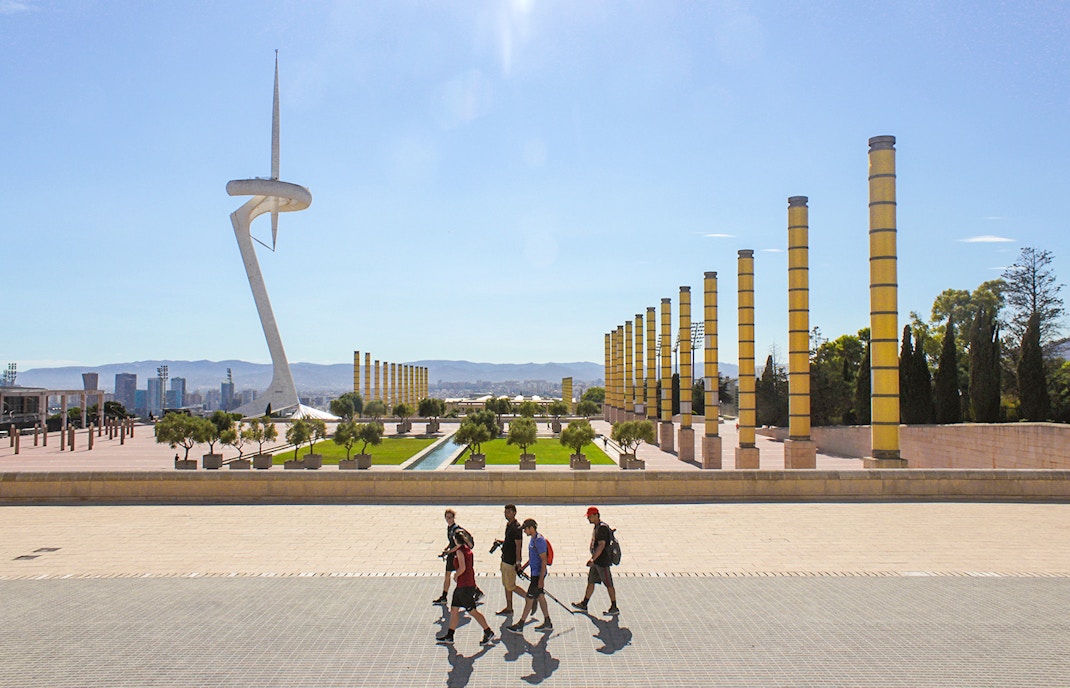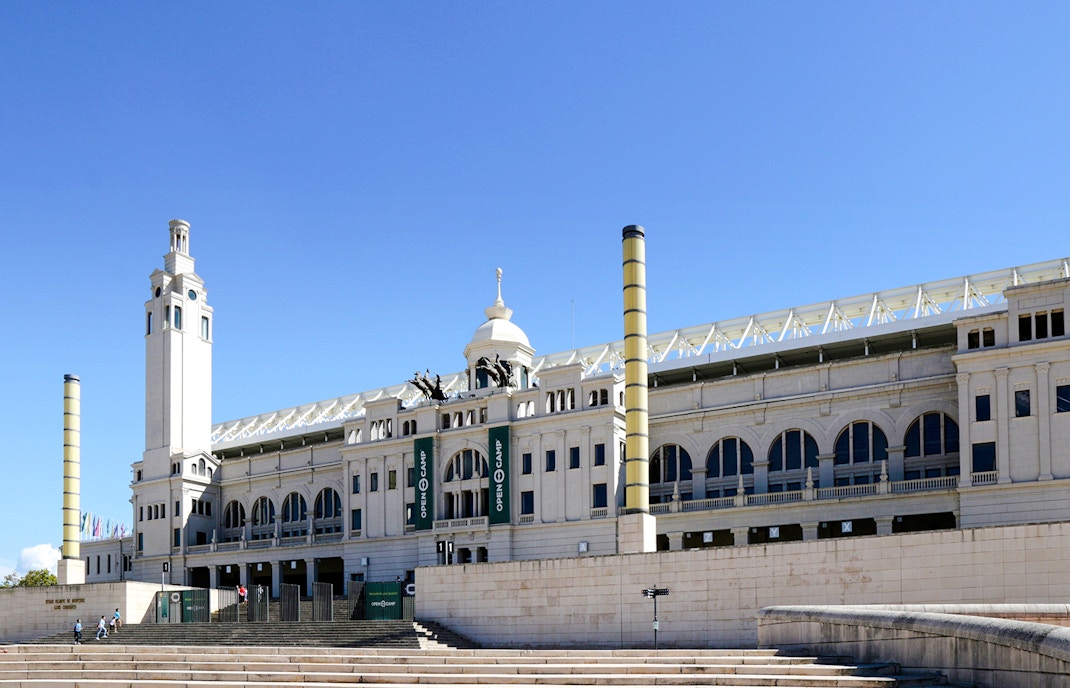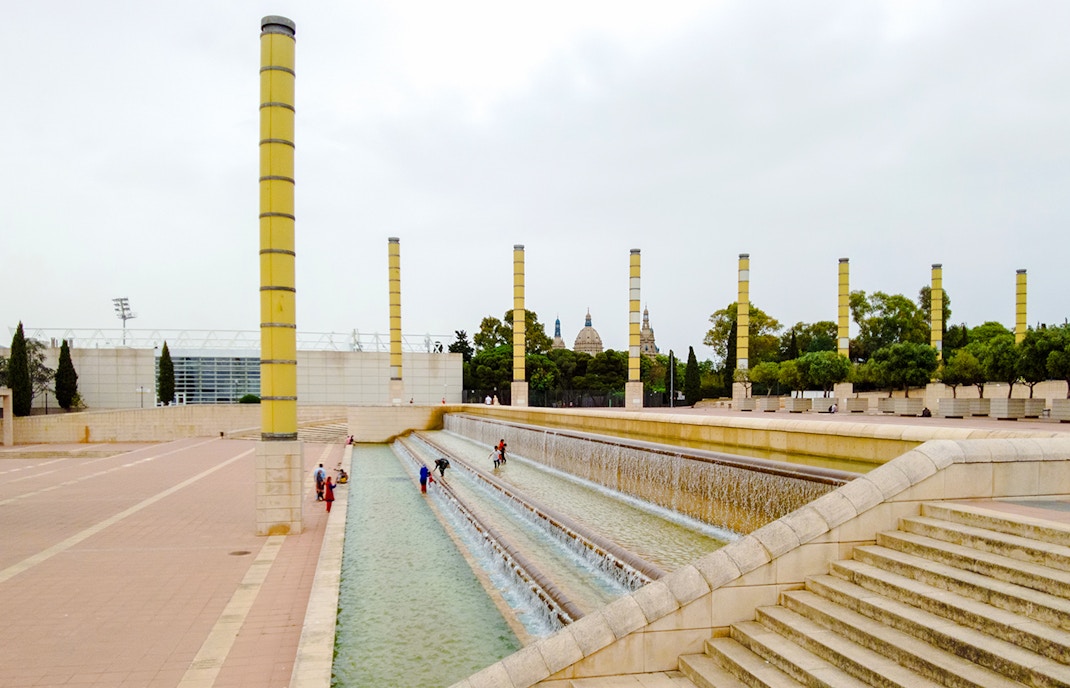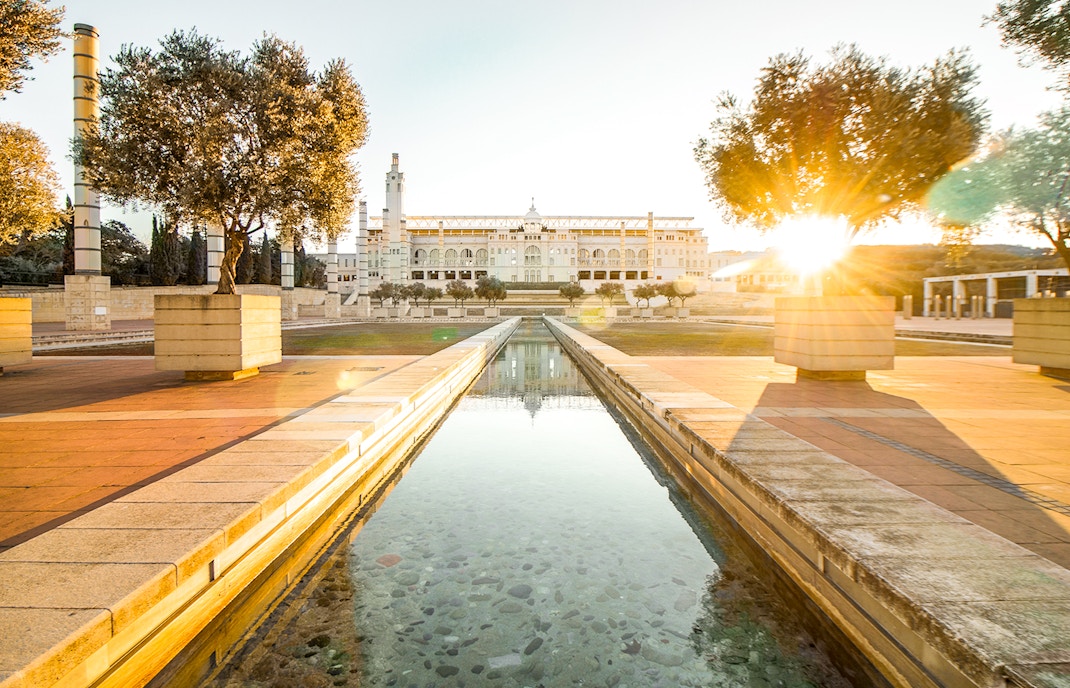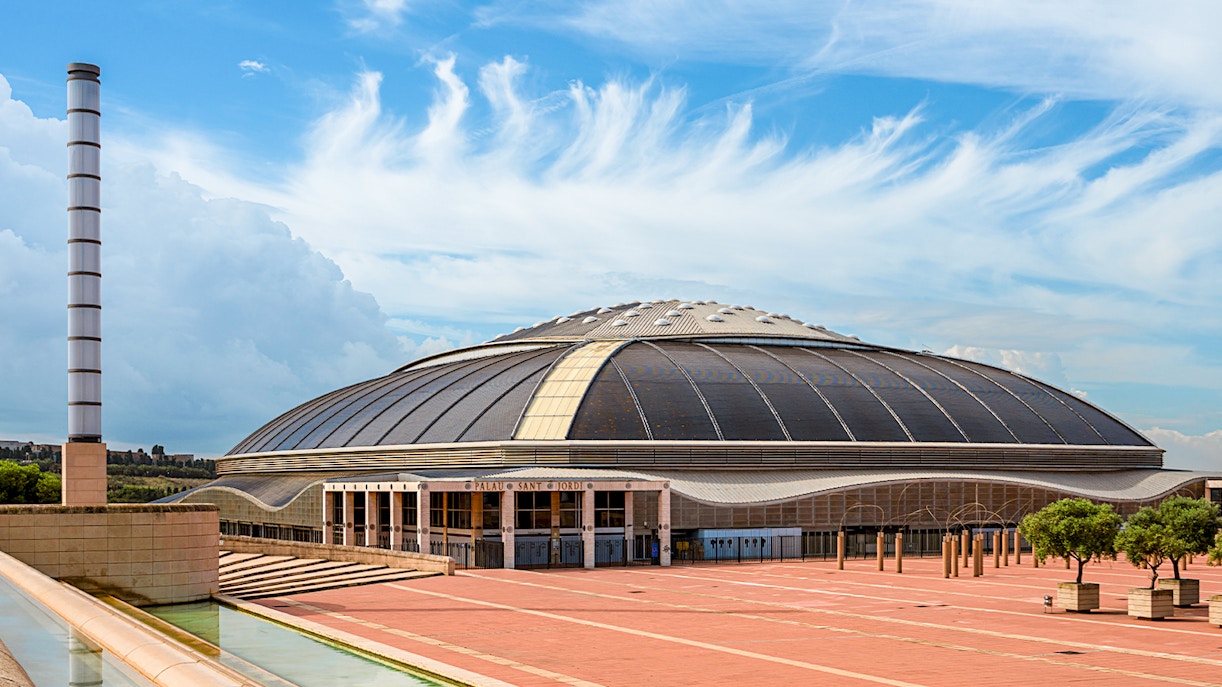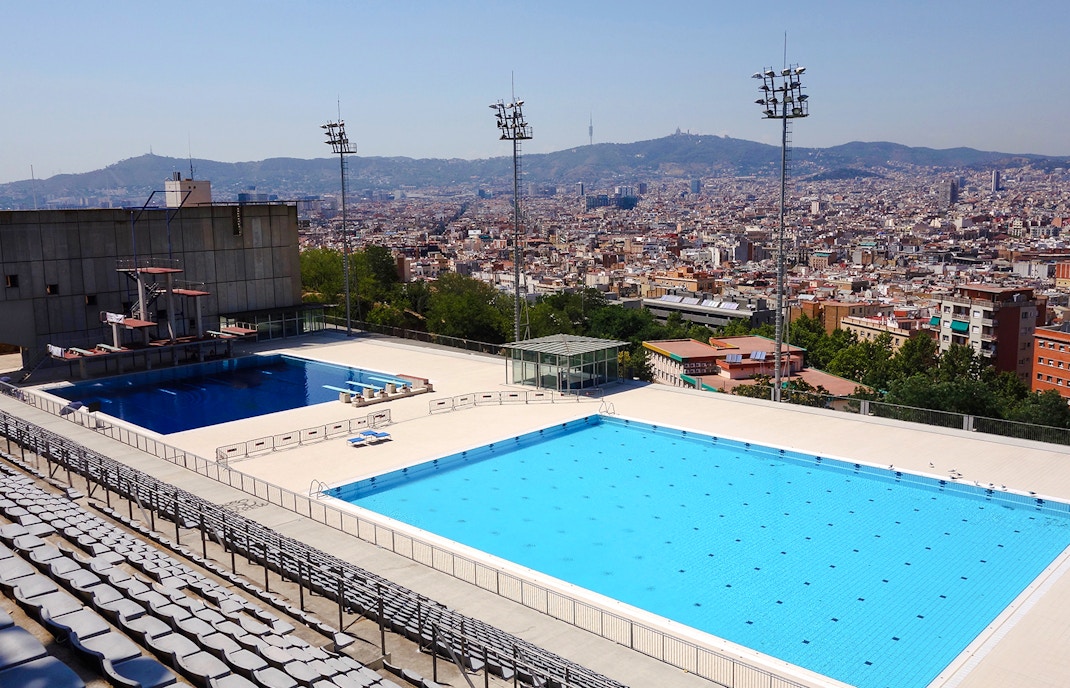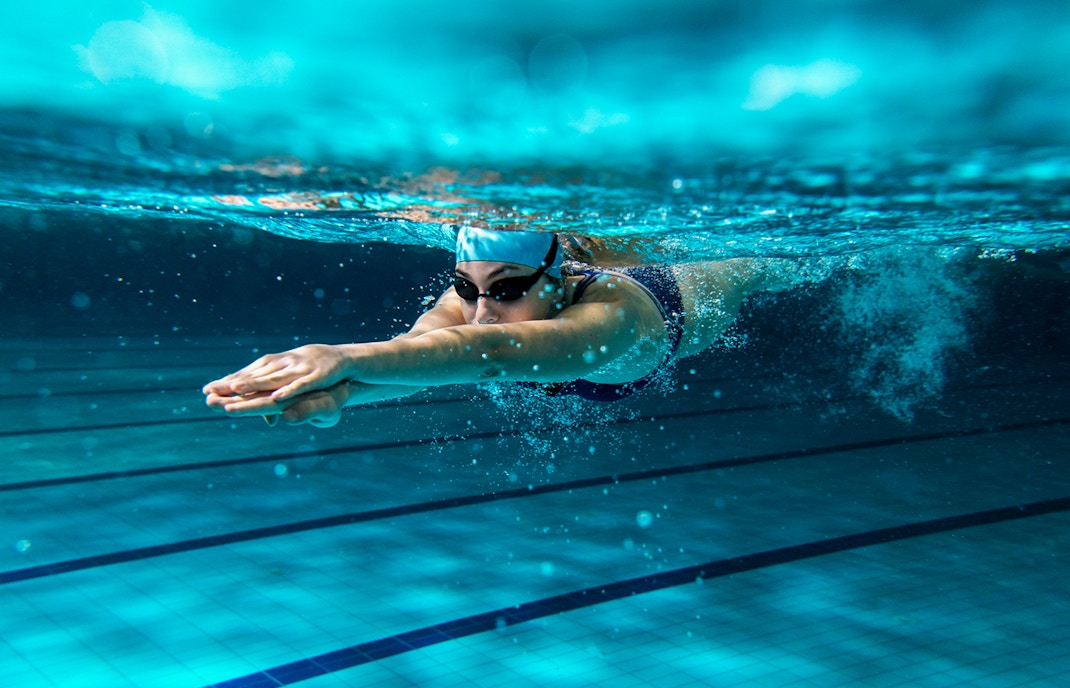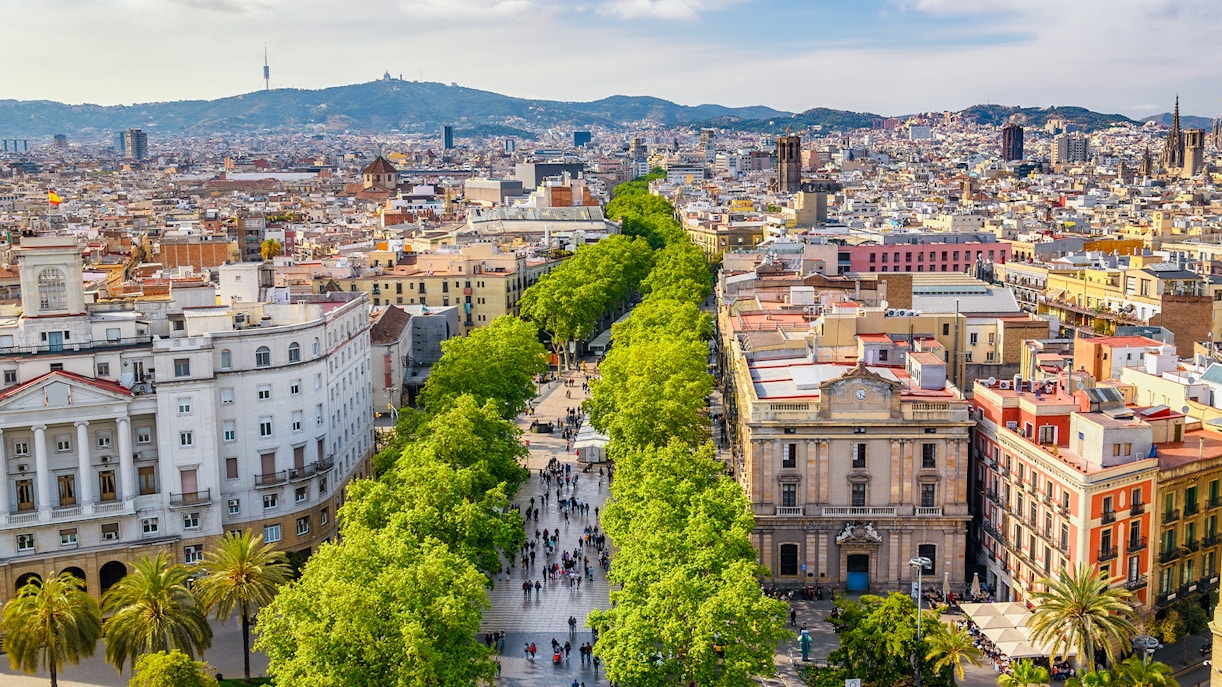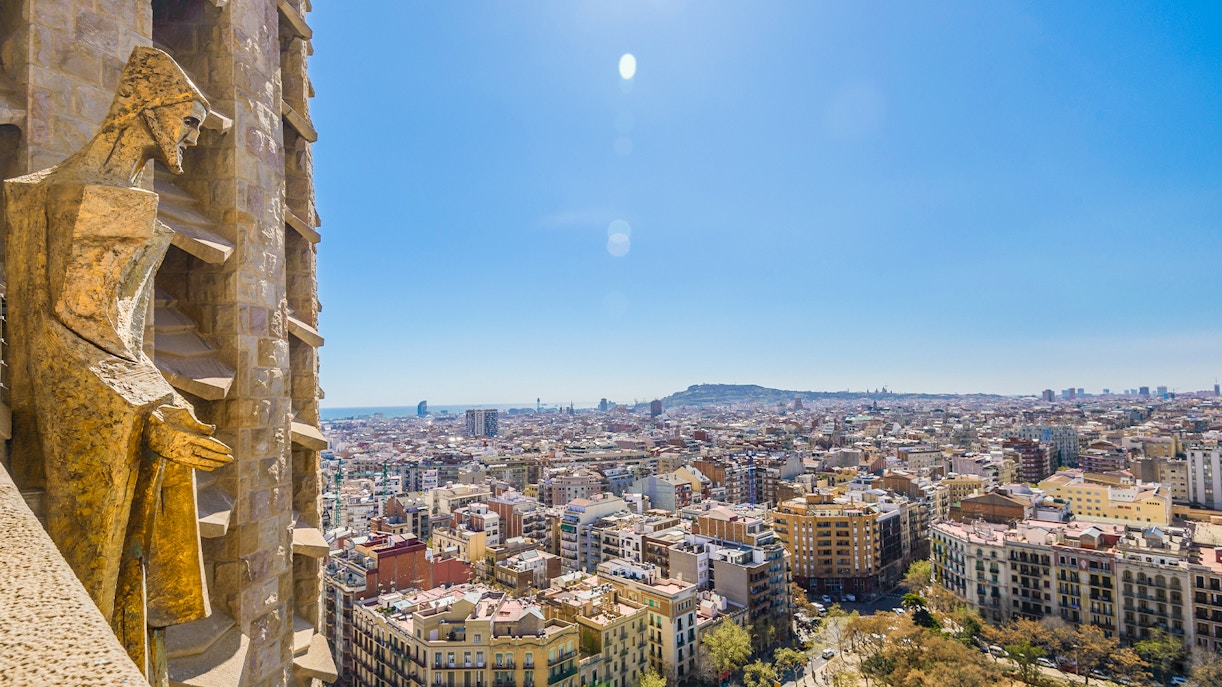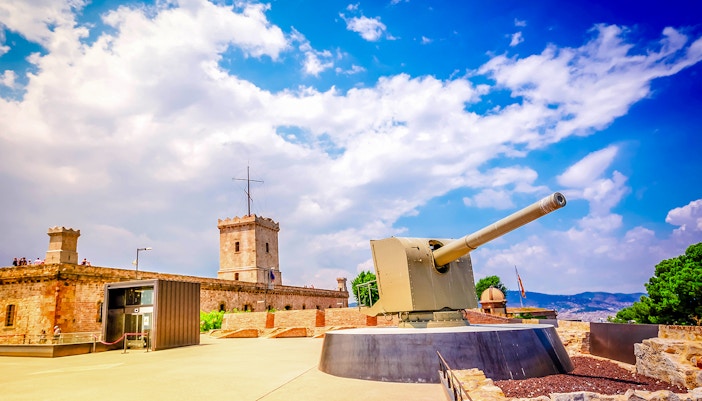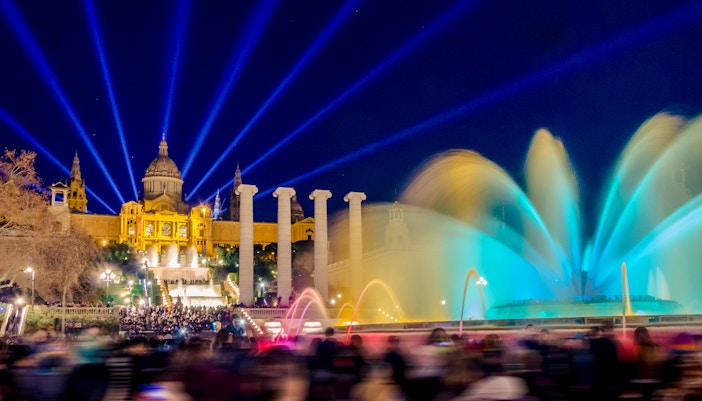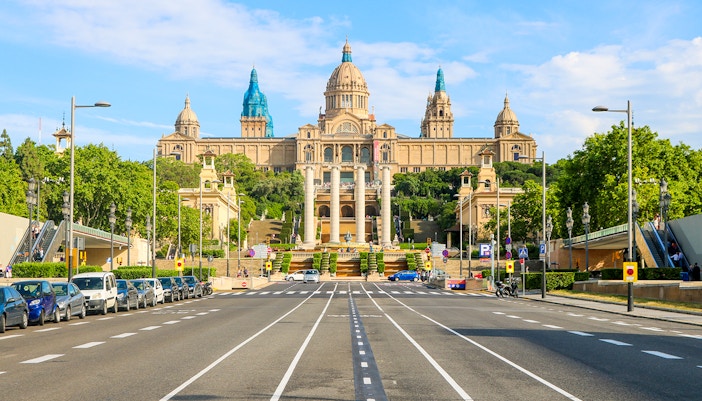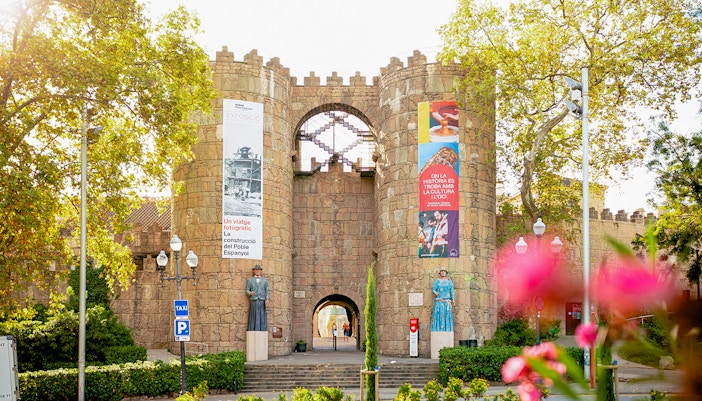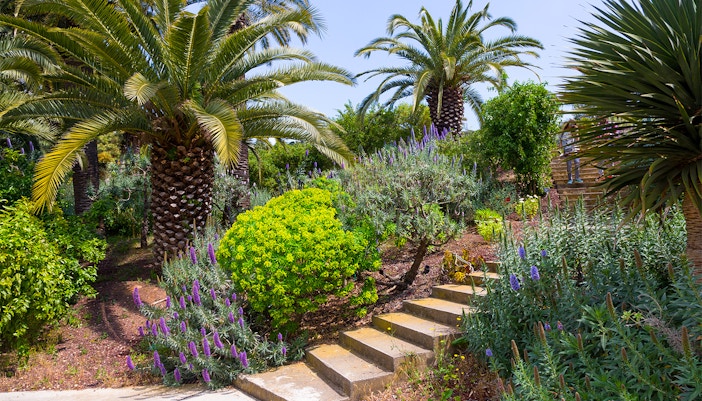The 1992 Olympic Games were a turning point for Barcelona, revitalizing the city, reshaping its coastline, and putting Montjuïc Hill on the map as a global sports hub. Today, the Olympic Ring remains a dynamic public space where you can explore grand architecture, take in panoramic views, and walk in the footsteps of Olympic legends.
This area brings together several major venues from the Games, including the Estadi Olímpic Lluís Companys, the Palau Sant Jordi, and the Olympic diving and swimming pools. This page has everything you need to know to explore the facilities of this complex.
